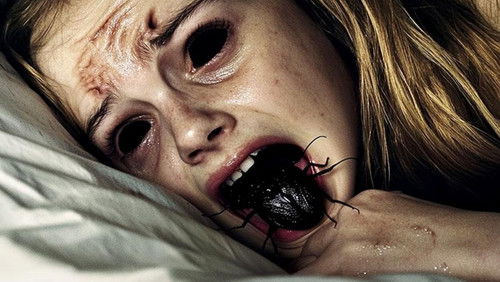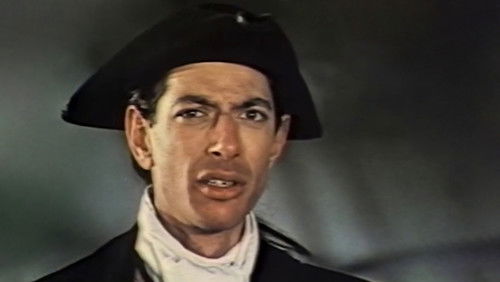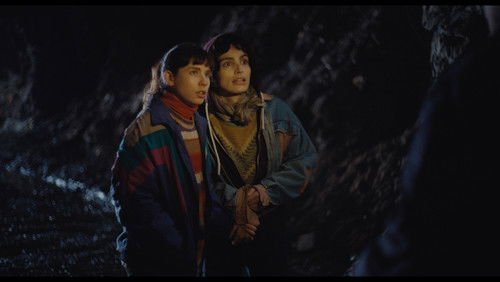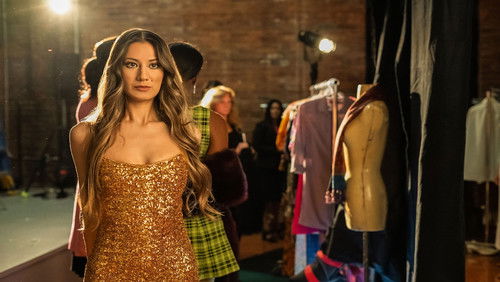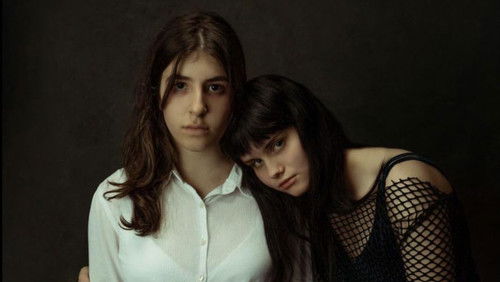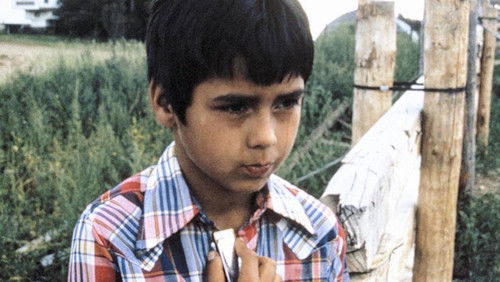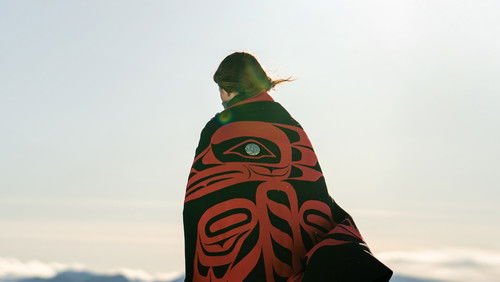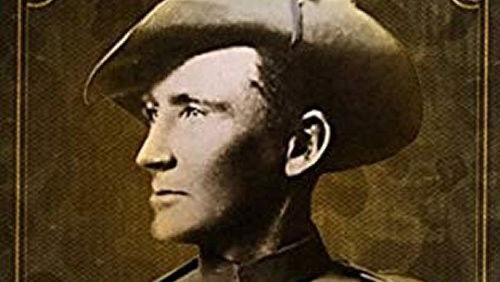The Vagabond (Short 1916)
56KThe Vagabond (Short 1916). 24m
“THE VAGABOND (Mutual Studios, 1916), directed by Charlie Chaplin, stars the legendary Charlie Chaplin in his third comedy short for the studio. With Chaplinu0026#39;s attempt with improving himself with each passing film, rather than the usual twenty minutes of slapstick and chases, he deftly blends humor and sentiment, a standard that would later become associated by his technique in storytelling. Rather than playing a trouble-making tramp, this time Charlieu0026#39;s a violin playing drifter with more human qualities than before.u003cbr/u003eu003cbr/u003eThe story opens in great comedy tradition as Charlie enters a bar to play his violin for the patrons. His music is drowned out by a German street band playing outside. As the band leader enters to collect money, he finds Charlie collecting the money instead. A brawl and chase ensues until the crowd loses themselves in the confusion, giving Charlie a chance to sneak away. Charlie next approaches a gypsy drudge where he plays for a gypsy girl (Edna Purviance) washing clothes. A brief cutaway of the plot shows a society matron (Charlotte Mineau), looking at an old photo of a little girl who, believed by its movie audience to have been abducted by gypsies many years ago. Now a young woman, the girl is shown to be an abused slave to the gypsy leader (Eric Campbell). Witnessing one of her brutal whippings that leaves her senseless, Charlie steps in to rescue her, leading to a wild escape down the road in a gypsy caravan. Resting in a secluded spot on a country road, Charlie, having assisted the gypsy girl with her every needs, finds himself in stiff competition when a struggling artist (Lloyd Bacon) enters the scene, inspired by the girlu0026#39;s beauty and uses her as a subject matter to his latest canvas painting, u0026quot;The Living Shamrock.u0026quot; u003cbr/u003eu003cbr/u003eTHE VAGABOND may not be one of Chaplinu0026#39;s most memorable of his comedy shorts for the Mutual Studios, but it represents him here more as a comic-actor rather than a just a slapstick one. Though scripted by Chaplin himself, the story seems to have some influence to Michael Balfe opera, u0026quot;The Bohemian Girl,u0026quot; which also involves gypsies. While THE VAGABOND could very well have become a straight dramatic story for the possible choices of a Lillian Gish and Robert Harron under D.W. Griffithu0026#39;s direction, instead, itu0026#39;s Chaplin being both Griffith and Harron, and Purviance being Gish. Because its a two-reel comedy, it leaves very little detail for plot and character development. There are moments found in the film where it looks heavily edited. Usually when comedians do drama, or mix comedy with drama, the attempt fails. Fortunately for Chaplin, his method is believable and acceptable as long as he doesnu0026#39;t stray too far from his usual standard of comedy. Of the Chaplin stock players, including Leo White and Frank J. Coleman, Eric Campbell, later known as u0026quot;Chaplinu0026#39;s Goliath,u0026quot; stands out as the hefty villainous gypsy with the whip, while the funniest performance comes from a character playing an old white-haired gypsy hag. No screen credit is given for his or her work. If played by an actor in drag, all the funnier. And the young artist, played by Lloyd Bacon, the same Bacon who would become a notable movie director himself.u003cbr/u003eu003cbr/u003ePresented on commercial television in the sixties as part of u0026quot;Charlie Chaplin Theater,u0026quot; and unseen on public broadcasting television since the 1970s, THE VAGABOND was later resurrected a decade later on cable channels and home video. Though various editions have different underscoring, ranging from orchestration to jazz rhythm and blues, Blackhawk Videou0026#39;s edition consisted of reissue prints presented in theaters of the 1930s with the use of sound effects and instrumental scoring to u0026quot;The Vagabond Loveru0026quot; and theme scoring used for the independent feature, VANITY FAIR (Allied Pictures, 1932) starring Myrna Loy. When shown on Turner Classic Movies (TCM premiere: December 6, 1999) as part of its u0026quot;star of the monthu0026quot; tribute to Charlie Chaplin, THE VAGABOND and other Mutual shorts were broadcast in restored clear visuals, new scoring and in accurate silent film speed extending the standard 22 minute short to 34 minutes. Though thatu0026#39;s all well and good, poor scoring most of all takes away the enjoyment of the film, leaving the most preferred viewing from Blackhawk (later Republic) Home Video. Next Chaplin short: ONE A.M. (1916) (***)”
